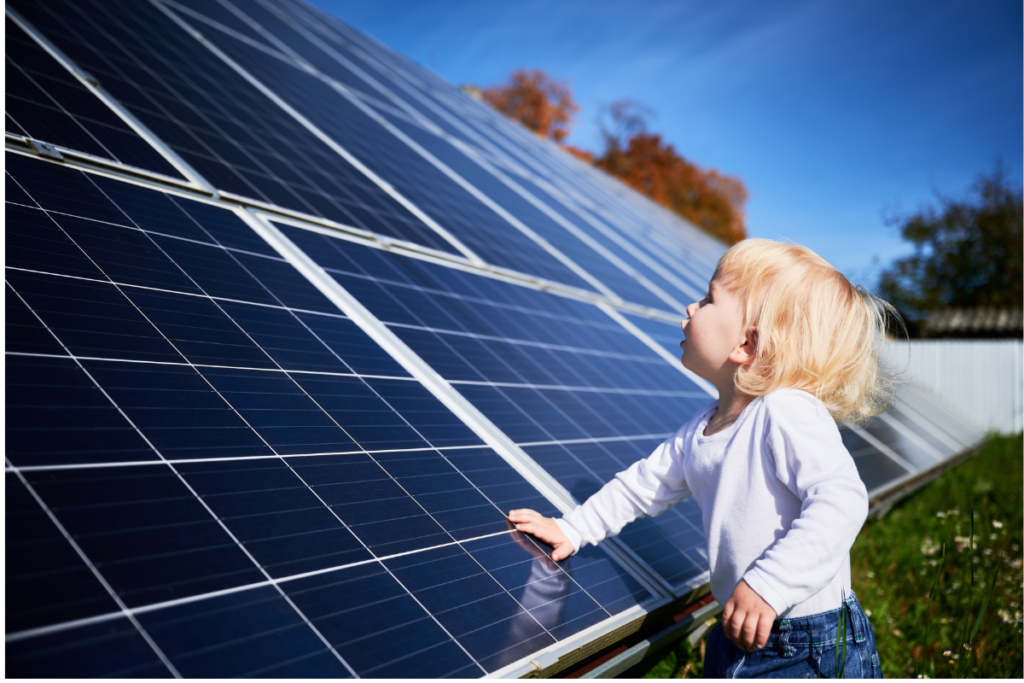If you’re thinking about getting solar for your nonprofit, you’re not alone! Solar not only lowers your carbon footprint — it can also lower your nonprofit’s electricity bills, allowing you to focus resources on your mission.
Before you start the process of going solar, it helps to know a few basics about the technology and what it will mean for your nonprofit.
Solar system components
Solar is a simple and trusted technology, with no moving parts and very few components susceptible to failure.
Solar panels
Solar panels are made up of solar cells, which are usually one or two layers of silicon-based semiconductor wafers. The cells have a positive layer and a negative layer. That creates an electrical field. When the cells in solar panels are hit by the photons (particles of light) in sunlight, that knocks electrons free from their atoms, which generates electricity.
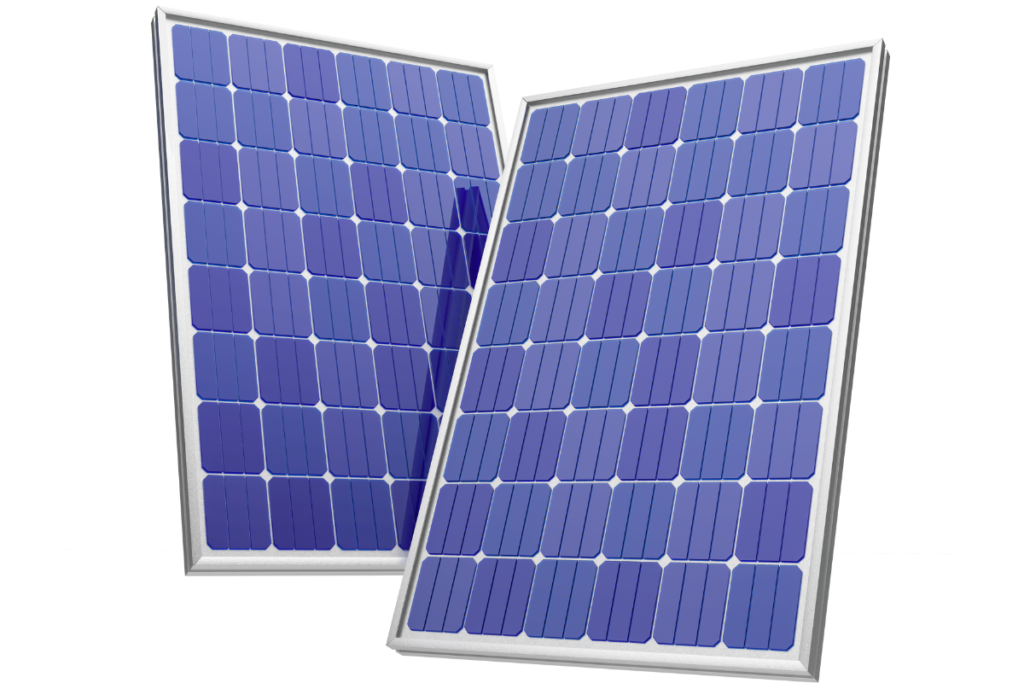
Inverters
The electricity generated by solar panels is direct current (DC), but our buildings use alternating current (AC). So the DC power is sent to an inverter, which converts the DC power to AC. Then the power can be used in your building.
Inverters are more than just DC-AC converters; they’re like the brains of your solar system. They provide ground-fault protection (preventing electricity from unintentionally flowing to the ground), and they let you monitor your system’s power production.
Your solar installer will recommend the best type of inverter for your project:
- String inverters control a row of solar panels, with each row (or “string”) performing as a single unit. If one panel in the string gets shaded or malfunctions, the entire string will produce at the level of that panel. These are generally the least expensive type of inverters.
- Microinverters are placed under each individual panel. Since they aren’t tied together in a string, each panel’s production is independent of the others. That means that if one or two panels are shaded temporarily, or encounter some other issue, that won’t affect production from the other panels. Microinverters are generally more expensive than string inverters.
- Optimizers are devices that attach to each individual panel. Their job is to maximize the DC power at the panel level, which then runs to a central inverter that converts the DC to AC electricity.
- Hybrid inverters combine the functions of a solar inverter and a battery inverter, so they may make sense if your nonprofit wants to include energy storage. Although they are more expensive than string inverters, they can manage the power coming from your solar panels, your battery, and the power grid.
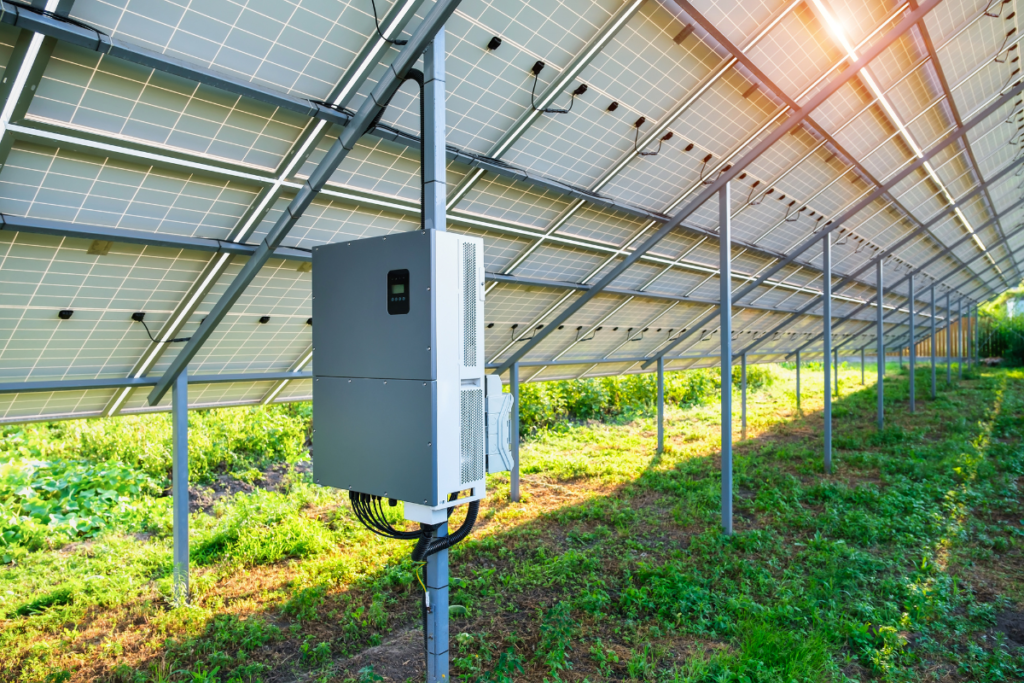
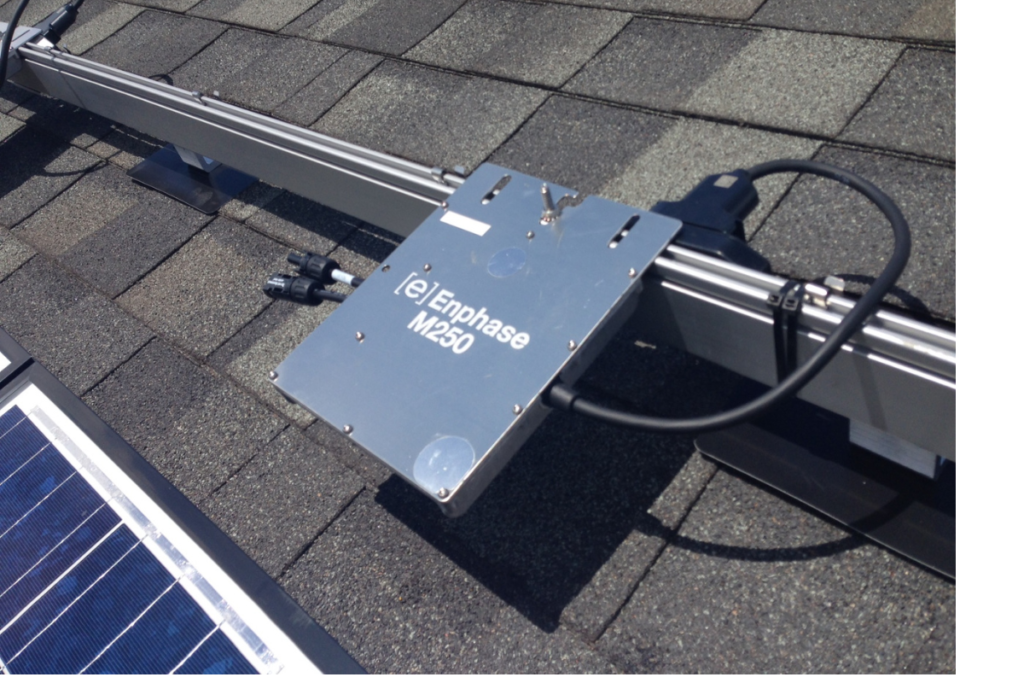
Racking and mounting
Solar panels are attached to your nonprofit’s roof, or over your parking lot, with a racking and mounting system. The racking and mounting system positions your solar panels at the correct angle to generate the most electricity — which also helps snow slide off the panels if that’s an issue in your region. Your installer will ensure that your system is mounted in the best possible way to optimize your investment and protect your roof.
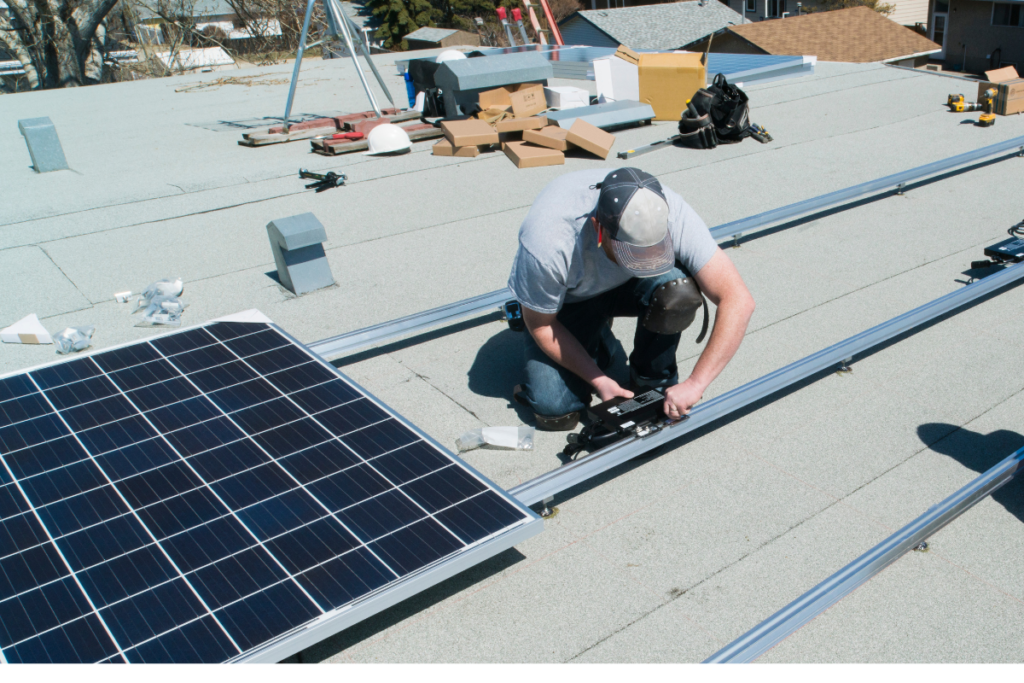
Monitoring
With a monitoring system, you can see how much electricity your system is producing. If something isn’t working as it should, you need to know so it can be fixed. If you finance your system with a CollectiveSun Solar Power Agreement, we’ll take care of the monitoring and maintenance for you. But you can still use the monitoring system to see your system’s production anytime.
A monitoring system gives you access to real-time data, and you can also see historical data to track your system’s performance. You can access solar monitoring data on your computer or your smartphone.

Staying connected to the grid
When you go solar, you don’t usually go off the power grid. Most solar systems are still connected to the grid, or “grid-tied.” In a sense, you use the grid as your battery to absorb excess solar generation during the day and provide power at night. That’s critical because the sun isn’t shining all the time.
Depending on the size of your nonprofit’s roof or parking lot and how much electricity the organization uses, you may be able to power your entire building or campus with solar. But even if that’s the case, you might need more power at times when the sun isn’t shining and less power at times when it is. For example, a school is likely to use less power during the summer, when solar panels are producing more.
Any extra power you generate at times when it’s not being used is sent back to the power grid. If your utility offers net metering, a system available in many states, your organization gets a credit for that power, which you can use when the sun isn’t shining.
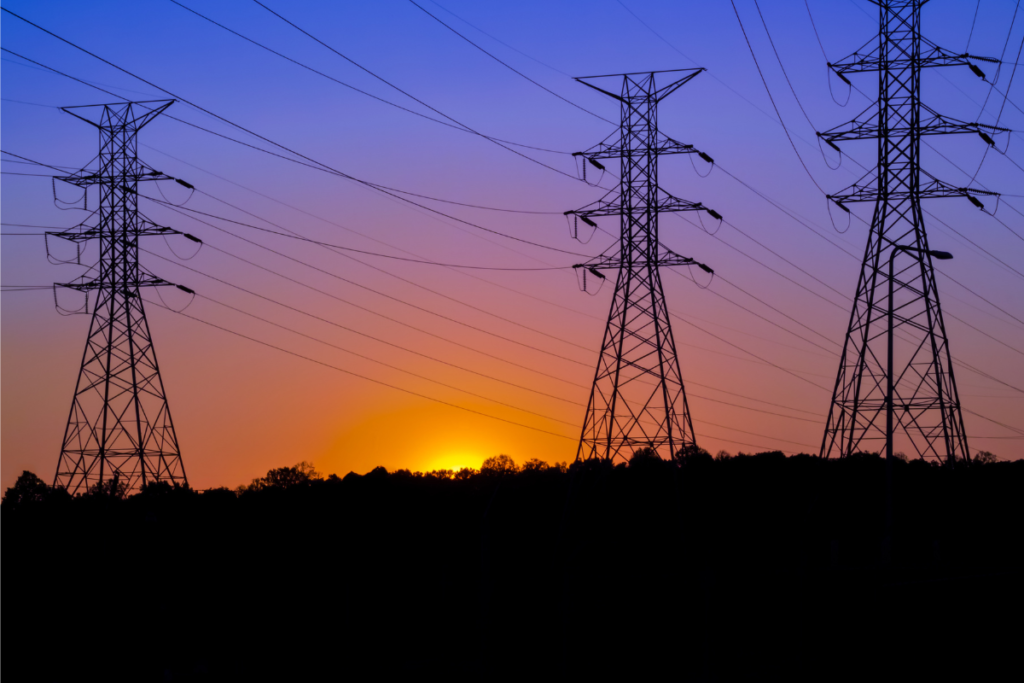
Because you’ll still be connected to the grid and your solar system will send excess electricity to the grid, during a power outage your system will turn off automatically, so the power flowing back to the grid won’t endanger utility workers. To be able to use your solar during power outages, you can add energy storage to your system.
Your electricity bill on solar
When you go solar, you will still get a monthly electricity bill from your utility company. But you’ll see some changes on your bill, the main one being that it will be lower.
The size of your electricity bill after installing solar panels depends on your specific situation. Every state has its own regulations, utilities offer different rates and options, and each building and organization is unique.
You may also get a separate bill if you’re financing your system with a CollectiveSun Solar Loan or a CollectiveSun Solar Power Agreement subscription. But your electric bill plus that separate bill should still total less than what you were previously paying for electricity.
Solar savings
How much your nonprofit will save depends on multiple factors:
- How much of your building’s electricity consumption your solar system provides.
- How many hours of sunlight your building gets.
- How much your system costs and how you finance it.
- Your utility’s electricity rates and rate structures, including net metering rates.
- Which federal and local incentives are available to your nonprofit.
While each situation is unique, you’ll almost certainly save money with solar — especially as electricity prices continue climbing across the nation.
Taking the solar plunge
Now that you understand some solar basics, you may be ready to take the next steps. You don’t have to do it alone.
CollectiveSun is here to help you before, during, and after your solar is installed. We can guide you through the process of determining whether solar makes sense for your organization, including understanding the available financing options and incentives. If you’d like to explore getting solar for your nonprofit, don’t hesitate to reach out to us.
